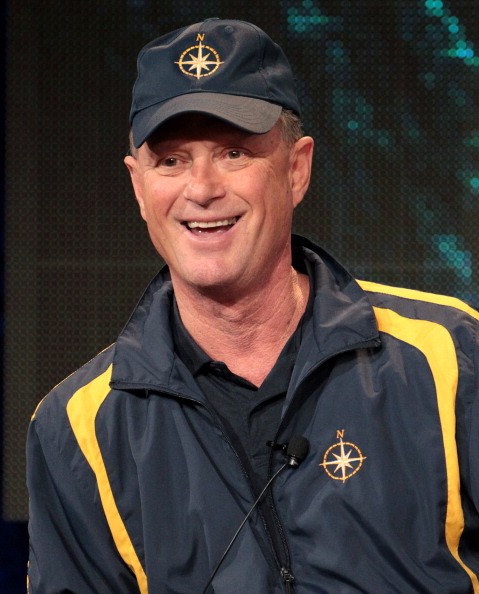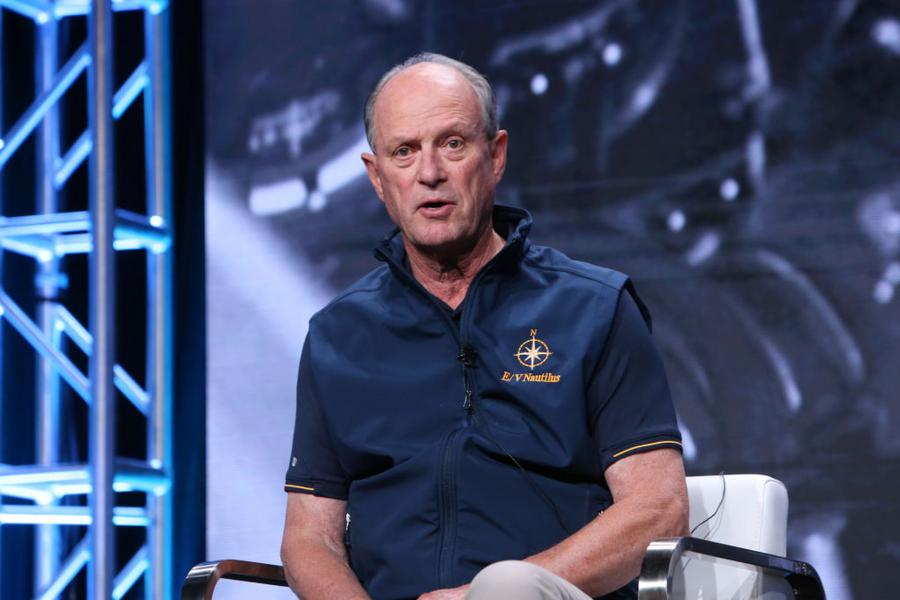What is Robert Ballard's net worth?
Robert Ballard is a professor of oceanography who has a net worth of $10 million.
Robert Ballard stands as one of the most accomplished and influential ocean explorers in history. His career, spanning more than five decades, has revolutionized deep-sea exploration and dramatically advanced our understanding of marine archaeology and oceanography. Best known for discovering the wreck of the RMS Titanic in 1985, Ballard has led over 150 deep-sea expeditions, discovering numerous historically significant shipwrecks including the German battleship Bismarck, the aircraft carrier USS Yorktown, and John F. Kennedy's PT-109. Beyond his archaeological achievements, Ballard has made groundbreaking contributions to marine biology, discovering hydrothermal vents and their unique ecosystems. As an educator and innovator, he has pioneered the use of advanced underwater technology and telepresence systems, making ocean exploration accessible to scientists and students worldwide through his JASON Project and Ocean Exploration Trust initiatives.
Early Life and Education
Born in Wichita, Kansas, in 1942, Ballard's fascination with the ocean began in childhood after his family moved to San Diego, California. Inspired by Jules Verne's "Twenty Thousand Leagues Under the Sea" and the work of Jacques Cousteau, young Ballard dreamed of becoming a marine explorer. He pursued this passion through his education, earning degrees in chemistry and geology from the University of California, Santa Barbara, followed by a Ph.D. in marine geology and geophysics from the University of Rhode Island.
Military Service and Early Career
Ballard's career was significantly shaped by his service in the U.S. Navy, where he served as an intelligence officer and oceanographer from 1967 to 1970. After leaving active duty, he continued working with the Navy through Woods Hole Oceanographic Institution, participating in classified missions that would later prove crucial to his civilian discoveries. During this period, he helped develop new underwater exploration technologies, including the submersible Alvin, which he used to study the Mid-Atlantic Ridge.

Frederick M. Brown/Getty Images
Technological Innovations and Major Discoveries
The 1970s and 1980s marked a period of remarkable innovation for Ballard. He played a key role in developing remote-operated vehicles (ROVs) that revolutionized deep-sea exploration. His most significant early discovery came in 1977 when he and his team found hydrothermal vents near the Galápagos Islands, revealing previously unknown ecosystems thriving in extreme conditions. This discovery fundamentally changed our understanding of where life can exist.
His most famous achievement came on September 1, 1985, when he located the wreck of the RMS Titanic. The discovery was made possible through innovative technology and search strategies, including the use of the underwater imaging system Argo. This success was followed by numerous other significant shipwreck discoveries, each contributing valuable historical insights and advancing underwater archaeological techniques.

Dr. Robert Ballard (Photo by David Buchan/Variety/Penske Media via Getty Images)
Educational Initiatives and Public Outreach
Recognizing the importance of inspiring future generations, Ballard founded the JASON Project in 1989, named after the mythological Greek hero. This educational program has connected millions of students with scientists and explorers through interactive expeditions and real-time technology. He has also established the Ocean Exploration Trust and the Center for Ocean Exploration at the University of Rhode Island, furthering both research and public engagement with marine science.
Legacy and Continuing Impact
Ballard's contributions to ocean science extend far beyond his famous discoveries. His development of telepresence technology has enabled real-time collaboration between scientists worldwide, democratizing access to deep-sea exploration. He has published numerous books and scientific papers, received multiple honorary degrees and awards, and continues to advocate for ocean exploration and conservation. His work has not only advanced our understanding of marine archaeology and biology but has also inspired countless individuals to pursue careers in ocean science and exploration.
/2015/06/Robert-Ballard-1.jpg)
/2023/06/hamish-harding.jpg)
/2015/08/Reginald-Ballard.jpg)
/2023/06/Mike-Lazaridis.jpg)
/2018/08/kb.jpg)
/2009/10/GettyImages-457286444.jpg)
/2019/01/James-Altucher.jpg)
/2013/12/dan.jpg)
/2011/12/John-Mara-1.jpg)
/2010/12/kate-1.jpg)
/2020/10/the-miz.png)
/2011/12/Rooney-Mara1.jpg)
/2020/08/gc-1.jpg)
/2014/04/GettyImages-886617106.jpg)
/2011/01/Aaron-Rodgers.jpg)
/2022/10/peter-krause.jpg)
/2010/03/emil.jpg)
/2015/06/Robert-Ballard-1.jpg)
/2009/10/GettyImages-457286444.jpg)
/2023/06/hamish-harding.jpg)
/2020/12/Albhy-Galuten.png)
/2020/01/cc.png)
/2025/02/treasure.jpg)
/2023/06/Henry-Samueli.jpg)
/2010/09/paul-tudor-jones.png)